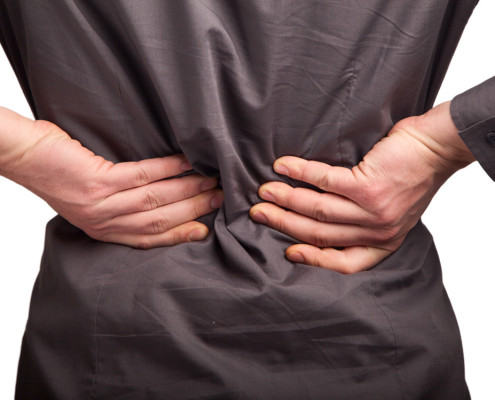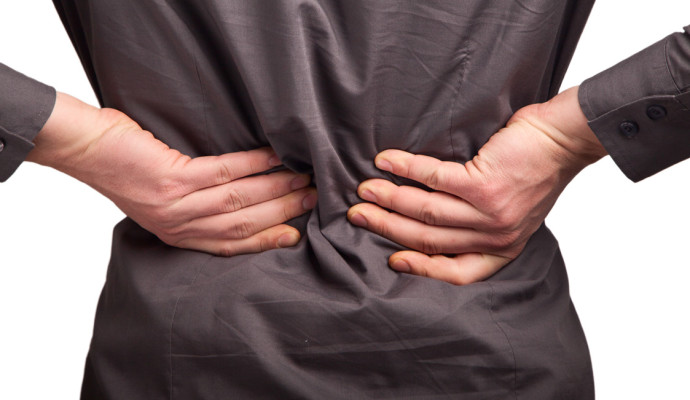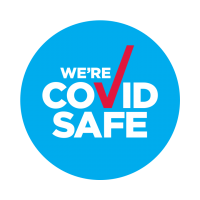All about lower back pain (July Quiz)
Back pain is extremely common – about 80 percent of people are affected at some point in their lifetime. Your back has many interconnecting structures including bones, joints, muscles, ligaments and tendons. Its main support structure is the spine, which is made up of 24 separate bones called vertebrae, plus the bones of the sacrum and coccyx.
- The cervical vertebrae of the spine consist of seven bony rings that reside in the neck between the base of the skull and the thoracic vertebrae in the trunk. Among the vertebrae of the spinal column, the cervical vertebrae are the thinnest and most delicate bones.
- The thoracic vertebrae are located in the upper and middle back and consist of twelve vertebrae. The thoracic vertebrae are designed for flexibility, stability, and power. With the ribs, they protect the important organs (including the heart, lungs and liver) in the chest and help the body stand upright.
- The lumbar vertebrae consist of five individual cylindrical bones that form the spine in the lower back. These vertebrae carry all of the upper body’s weight while providing flexibility and movement to the trunk region.
- The sacrum is a large wedge shaped vertebra at the inferior end of the spine. It forms the solid base of the spinal column where it intersects with the hip bones to form the pelvis.
- The coccyx (or tail) is the lowest part of the vertebral column.
Between the vertebrae are discs that act as shock absorbers and allow your spine to bend. Your spinal cord threads down through the central canal of each vertebra, carrying nerves from your brain to the rest of your body.
It’s often very difficult to know exactly what causes lower back pain. It’s usually thought to be related to a strain in one of the interconnecting structures in your lower back, rather than a nerve problem. For most people with lower back pain, there isn’t any specific underlying problem or condition that can be identified as the cause of the pain. However, there are a number of factors that can increase your risk of developing lower back pain, or aggravate it once you have it. These include standing, sitting or bending down for long periods; lifting, carrying, pushing or pulling loads that are too heavy or going about these tasks in the wrong way; being overweight or having poor posture.
There are a number of things you can do to help relieve lower back pain. Stay active and continue your daily activities as normally as you can. There is strong evidence that this leads to a faster recovery and reduces the chance of chronic pain and disability. Prolonged bed rest may make back pain worse, so after the first few days limit the time you spend in bed. But most of all, avoid heavy lifting and twisting.
And remember, weak core muscles are often at the root of lower back pain. The muscles of the back, the abdomen, hips and buttocks (these are the muscles your trainer is talking about when they say core) work together to support the spine. The core muscles are the spine’s main defence against gravity. The core muscles help maintain proper posture and stabilize the spine.
WIN A MASSAGE
Answer 5 true or false questions and place your completed quiz in our feedback box by 23 July for your chance to win.











